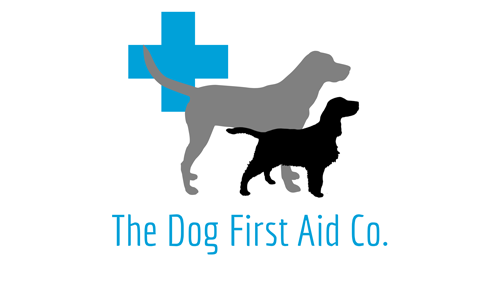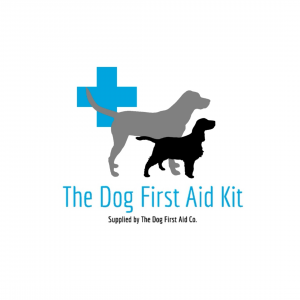Taking place in March each year, Tick Bite Prevention Week is promoted to raise awareness of the transmission of ticks and the dangers they can bring.
Ticks are spider looking parasites with large bodies that feed on the blood of the human or animal that they attach to. Ticks can attach anywhere on the body but are most found on thin skinned, non-hairy areas such as the face, ears, axillae, interdigital, inguinal, and perineal regions.
When first attached, the body is quite small but as they feed, they increase in size. Ticks are commonly found in woodland areas, or sometimes in urban grassy areas, sitting tight on grass or leaves waiting for their host to brush past for them to attach to using their mouth.
There are several types of ticks in the world but only a small number can be found in the UK. Regardless of the type of tick, they can all spread tick borne disease, viruses and bacteria by transmitting infected saliva whilst feeding from their host. Although they can spread several diseases, the disease differs depending on the region of the world in which they are found.
In the UK, ticks are most known to spread Lyme disease which in humans typically presents as a ‘bullseye’ circular rash around the bite site alongside flu like symptoms which if left untreated can affect many tissues and the nervous system. Dogs generally present with lameness, swollen joints, fever, lethargy and innapetence however it is found that only 5-10% of affected dogs will show symptoms. If left untreated in dogs, Lyme disease can damage the heart, nervous system and kidneys. Although dogs and humans are known to be affected, it is rarely diagnosed in cats.
You may have also heard of Babesiosis, a tick borne disease commonly found in Europe. Although rare, in more recent years there have been confirmed cases of Babesiosis in the UK in dogs returning from travel in Europe and more recently the disease has been worryingly reported in dogs who have not travelled at all. Babesiosis is a dangerous disease which causes a sudden breakdown of the red blood cells leading to anaemia.
Information on other less common UK tick borne diseases can be found at: Tick-borne diseases | Lyme Disease Action
It is important to note that not all ticks carry tick borne diseases, only those who have already bitten an infected host will spread disease. According to Public Health England, no more than 10% of ticks have the bacteria that can cause Lyme disease and the organisation estimates that around 3000 people contract the disease each year in the UK. However, if you or your dog become unwell following a tick bite, immediate medical attention should be sought.
As always, prevention is better than cure. We recommend that all owners check their dog for ticks upon returning home from walks and remove any ticks as quickly and safely as possible followed by cleaning the site with a pet safe antiseptic solution. The recommended way to remove a tick is by ‘unscrewing’ the parasite using a tick remover tool in an anticlockwise direction. Removing a tick using other devices can risk leaving the head in place which can lead to infection. Other commonly used, incorrect methods include burning the tick off or covering in Vaseline to ‘suffocate’ the tick – however neither of these methods are recommended.
There are several tick control treatments available which can be purchased from your vet. These vary from spot on topical treatments, tablets or collars and are particularly advised for dogs who are regularly walked in woodland or grassy areas. Tick control works by killing on contact and some treatments can even repel ticks from attaching, therefore reducing the risk of disease transmission.
Although ticks are commonly found on dogs, please do not forget to protect yourself! When out walking or hiking in high-risk areas, remember to stick to footpaths, use tick repellents, cover as much skin and possible and tuck in your clothing to eradicate any entry gaps for the ticks to attach.
We sell tick tools on our website, as well as a pack of tick hooks within our large dog first aid kit: both available at www.thedogfirstaid.co
For more information on tick borne diseases, visit:
- Lyme Disease – Facial Palsy UK
- Babesiosis Fact Sheet – Davies Veterinary Specialists (vetspecialists.co.uk)
- Babesiosis in the UK | Lyme Disease Action
- Rare tick-borne infections diagnosed in England – GOV.UK (www.gov.uk)
© The Dog First Aid Co. 2021
Disclaimer
The Dog First Aid Co. Ltd provides the following information for guidance and it is not in any way a substitute for veterinary advice. The author or company does not accept any liability or responsibility for any inaccuracies or for any mistreatment or misdiagnosis of any person or animal, however caused. The following guidance should be used in conjunction with a dog first aid course.

 We are a provider of premium first aid kits, with a large range of essential high quality veterinary approved materials and equipment, designed by a registered veterinary nurse with dogs in mind.
We are a provider of premium first aid kits, with a large range of essential high quality veterinary approved materials and equipment, designed by a registered veterinary nurse with dogs in mind.